On the afternoon of August 30, the Ministry of Information and Communications held the second thematic meeting of the National Committee on Digital Transformation with the theme "Breakthrough solutions to develop the digital economy in industries and fields".
Comrade Nguyen Manh Hung, Member of the Party Central Committee, Minister of Information and Communications, Vice Chairman of the National Committee on Digital Transformation chaired the conference. The conference was connected online to 63 local bridges across the country.
Attending the Ninh Binh provincial bridge were leaders of the Department of Information and Communications; members of the province's Digital Transformation Steering Committee; representatives of a number of departments, branches and leaders of districts and cities in the province.
The thematic report on "Breakthrough solutions to develop digital economy in industries and fields" of the Ministry of Information and Communications shows that: The proportion of added value of digital economy to GDP in 2022 is 14.26% (1.7 times higher than the GDP growth rate in 2022), in which ICT digital economy is still the main contributing pillar with a contribution ratio of 9.02% of GDP and the spillover effect of ICT on other industries and fields is 5.24%.
In the ICT digital economy, the production of hardware, electronic and optical equipment is currently the largest contributor with 58.58% of the total value of the ICT digital economy; telecommunications is the second activity with the highest contribution in the ICT digital economy, followed by the wholesale of computers, peripherals and software. Vietnam is considered an attractive destination for software outsourcing when it ranks 29th in the world in terms of programming skills, in the top 10 of the World's Best Software Development Countries Ranking.
In the activities of other economic sectors and fields (other than ICT): The group of economic activities with the highest level of ICT diffusion is: Professional, scientific and technological activities (contributing about 19% of the scale of the digital economy in sectors and fields); Healthcare and social assistance activities (contributing about 16% of the scale of the digital economy in sectors and fields); Activities of the Communist Party, socio-political organizations, State management, national security and defense, compulsory social security (contributing about 14% of the scale of the digital economy in sectors and fields); Education and training (contributing about 13% of the scale of the digital economy in sectors and fields).
With the target of 2025, the proportion of added value of the digital economy accounts for 20% of GDP, from now to 2025, it is estimated that the scale of the digital economy must grow by at least about 20% (3.3 times higher than the expected average GDP growth rate). This is a very difficult and challenging task, requiring drastic and breakthrough solutions to achieve.
Therefore, sectors and localities need to urgently issue and update the Plan to implement the Strategy for Digital Economic and Digital Society Development. Develop and supplement a plan to promote cashless payments at 100% of educational and training institutions, medical examination and treatment facilities, and urban areas...
In particular, it is necessary to focus on a number of tasks such as: Each key economic region establishes at least one regional Big Data Center and one regional Digital Transformation Center; establishes a list of public data resources, a mechanism for sharing public data, and regulations on opening public data sets. Ministries and branches in charge of national digital platforms develop action plans for development, organize recognition and implementation to promote the deployment of national digital platforms. Ministries, branches and localities develop action plans for development, organize recognition and implementation to promote national digital platforms and pilot the deployment of 10 groups of digital platforms in industries and fields.
At the same time, strengthen training and guidance on digital transformation for small and medium-sized enterprises, using the digital transformation maturity assessment toolkit jointly developed and issued by the Ministry of Information and Communications and the Ministry of Planning and Investment...
At the meeting, delegates from central and local agencies and units discussed and exchanged on issues such as: The story of digital transformation of seaports to promote the digital economy of industries and fields; Solutions to increase the rate of people using smartphones in localities to promote the digital economy; The story of successful digital transformation of tourism in Con Dao; Deploying smart lighting solutions in digital transformation of agriculture; Network of digital data records operated by artificial intelligence as a driving force to promote the digital economy of industries and fields in localities...
For Ninh Binh province, in recent times, closely following the leadership and direction of the Government, the National Committee on Digital Transformation, the Ministry of Information and Communications; the Provincial Party Committee, the Provincial People's Council, the Provincial Steering Committee for Digital Transformation has focused on leading, directing, inspecting, urging, and guiding agencies, units, and localities to organize and implement. Agencies, units, localities, people, and businesses in the province have accompanied and participated vigorously, thereby having many positive changes and achieving many results.
The promotion of e-Government/Digital Government construction and digital transformation in recent times has contributed to improving leadership and management capacity, promoting administrative reform, and serving businesses and people more and more effectively.
Hanh Chi - Minh Quang
Source link







![[Photo] Binh Trieu 1 Bridge has been completed, raised by 1.1m, and will open to traffic at the end of November.](https://vphoto.vietnam.vn/thumb/1200x675/vietnam/resource/IMAGE/2025/10/2/a6549e2a3b5848a1ba76a1ded6141fae)















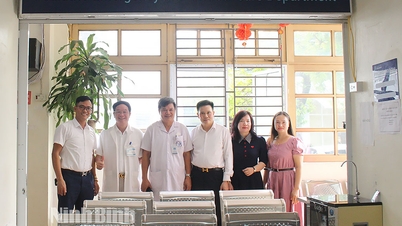




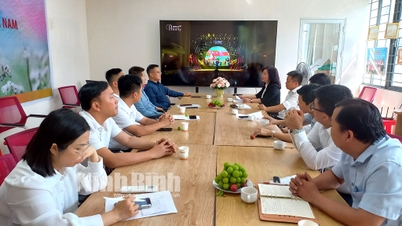

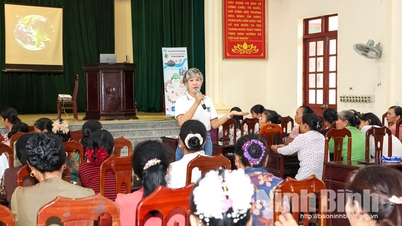

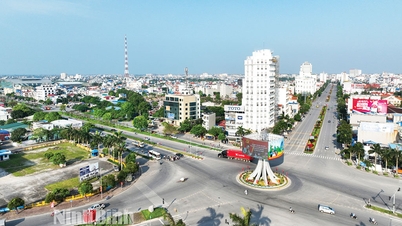









































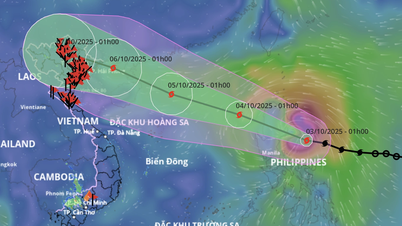








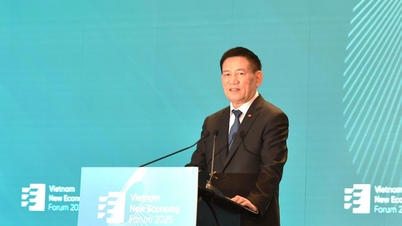

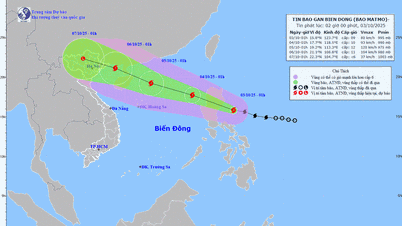



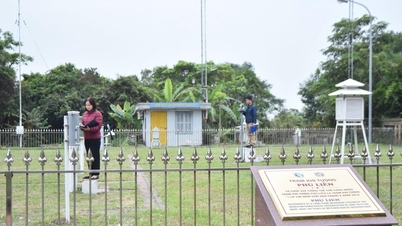














Comment (0)